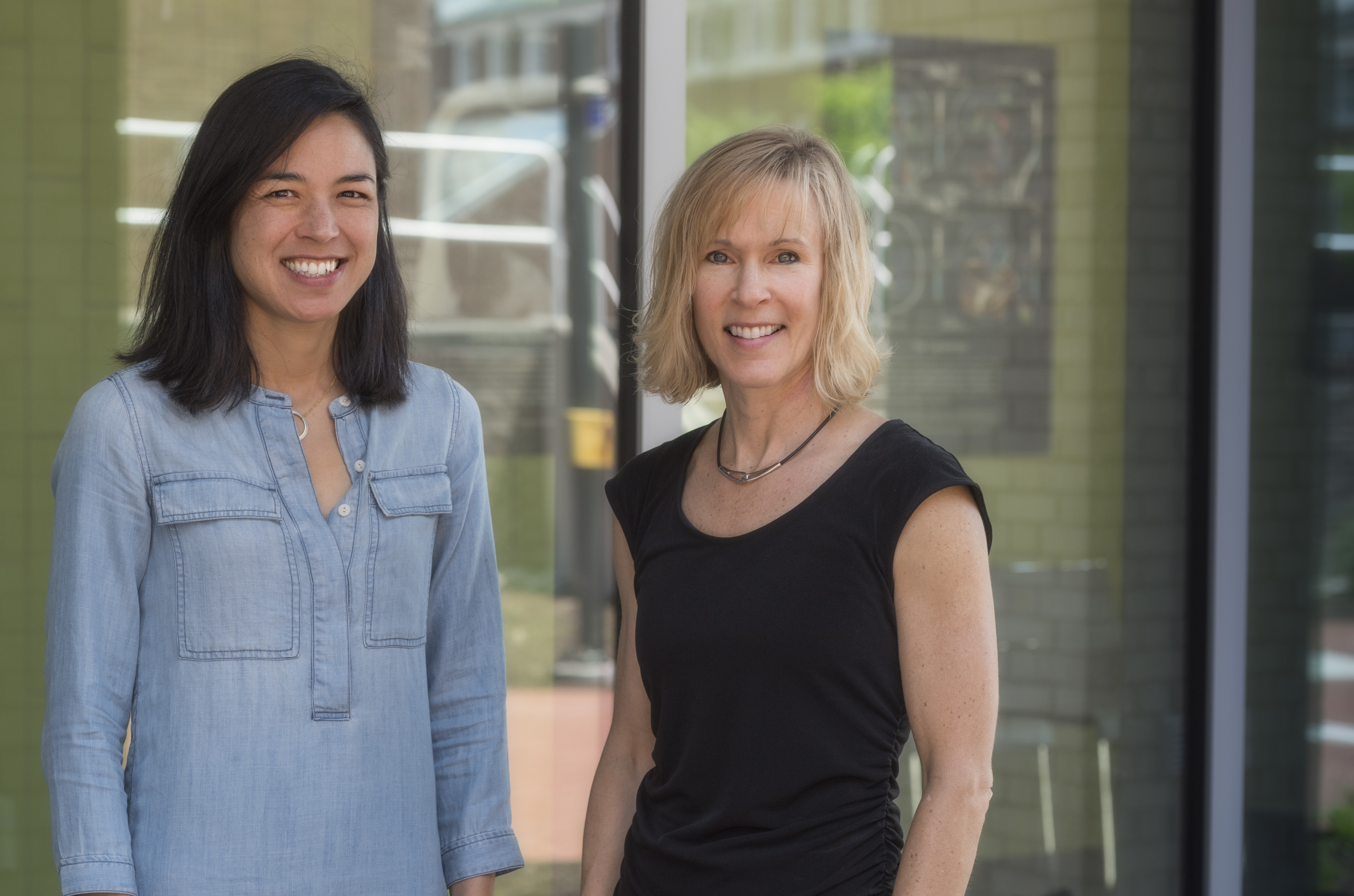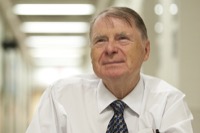Perishable: Handle quickly
UD professor studies post-quake fires in Japan
10:29 a.m., Aug. 22, 2011--When the magnitude 9.0 Tōhoku, Japan earthquake occurred on March 11, it set off a tsunami, caused more than 15,000 confirmed deaths and damaged or destroyed over 125,000 buildings.
The earthquake also resulted in 345 reported fires—the largest number ever recorded—including two at oil refineries and several others at major industrial locations.
Research Stories
Chronic wounds
Prof. Heck's legacy
The University of Delaware's Rachel Davidson is principal investigator of a team collecting and analyzing data on these fires, also known as ignitions, in an effort to improve scientific prediction models for this type of disaster.
Early data collection is critical to creating a permanent record about the locations, timing, causes and other characteristics of the fires, says Davidson. If not gathered quickly, memories fade and important details can be permanently lost.
“We try to learn as much as possible from every real-life event that happens. Post-earthquake fires, in particular, are understudied despite the fact that they can dominate the losses in an event,” says Davidson.
In the 1906 San Francisco earthquake, for example, fires were the biggest cause of damage. More recently, fires also were a leading factor in the 1995 Japan earthquake in Kobe, which caused a reported 110 ignitions.
The fires, explains Davidson, are often caused by ruptured gas lines, electrical shortages and fallen candles, among other things. With multiple events happening simultaneously, extinguishing them is frequently hampered by limited or damaged water supplies, impaired transportation systems and compromised emergency response.
Working with Davidson is Charles Scawthorn, formerly a professor at Kyoto University (Japan) and currently a visiting scholar at the University of California at Berkeley, as well as visiting professor at Waseda University in Tokyo. Scawthorn has extensive background in the study of post-earthquake fires. He has already visited several ignition sites and reports that data is rapidly disappearing, underscoring the importance of their work.
“This project will almost double the available ignition data documented in previous earthquakes, substantially improving our ability to forecast ignitions in the future,” says Scawthorn.
The data will include statistics on both ground shaking (earthquake) and tsunami-induced fires, an area not studied until now.
It will also provide important information about how fires spread through neighborhoods, enabling more meaningful comparison with the emerging new generation of physics-based urban fire models, which Davidson says are “potentially powerful” but need real event comparisons to build their credibility.
Davidson says she hopes the work will lead to better post-earthquake fire models, which can be integrated into regional models that support long-term emergency response planning, urban planning and loss estimation.
Finally, the project promises to provide new insights into how post-earthquake fires start, spread and are suppressed in industrial facilities specifically, and how typical fire safety systems perform during an extreme earthquake. This information may have major implications in seismically active regions such as Los Angeles, which is home to many industrial facilities, and San Francisco.
“The recent earthquake in Japan is a critical opportunity to learn about where, how, and when fires occur following earthquakes,” says Davidson. “It is crucial to capture data from all similar events, even those that are not exactly the same as would be expected in a U.S. earthquake, such as wildland-urban interface fires.”
Funding for the project is provided through a one-year grant from the National Science Foundation’s Rapid Response Research (RAPID) program, which enables quick-response research on natural or anthropogenic disasters and similar unanticipated events.
This is Davidson’s third RAPID grant. In 2010, she was among the UD researchers to study the Haiti earthquake. In a separate project, she is investigating the gas pipeline explosion fire in San Bruno, Calif., also with Scawthorn, that leveled an entire neighborhood.
About the professor
Rachel Davidson joined UD in 2007. She is an associate professor in the Department of Civil and Environmental Engineering and a core faculty member of UD's internationally renowned, interdisciplinary Disaster Research Center (DRC). She conducts research on natural disaster risk modeling and civil infrastructure systems with a focus on regional risk and lifeline risk -- for example, electric power and water supply. She has modeled earthquakes, hurricanes, urban fire and ice storm risk, both to better characterize risk and to identify effective risk management decisions.
Article by Karen B. Roberts
Video by Andrea Boyle











